Guidance and Sample Behavior Profiles
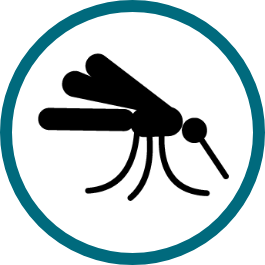
Malaria
Guidance and Sample Behavior Profiles
Behavior Profiles are a stand-out tool in the Think | BIG (behavior integration guidance) suite of social and behavior change tools. Using Think | BIG ensures that your program takes a whole ecosystem approach and is behavior-led, not intervention-driven. Behavior Profiles first appear in Step 4, during phase one Focus and Analyze, of the three-phase system that comprises BIG.
Using Malaria Sample Behavior Profiles
The Presidential Malaria Initiative’s (PMI) team selected these malaria behaviors for their potential to reduce malaria mortality and morbidity. Each behavior has been written from the perspective of the person who will carry out the behavior – the primary actor. This may range from the general population sleeping under a bed net to a woman seeking care for herself or her child.
Informed by a global literature review, these sample Behavior Profiles highlight some of the numerous factors and pathways to change for these behaviors. We do not intend for them to take the place of context-specific research. They may help you:
- Understand how to word malaria factors, actors, and strategies.
- Demonstrate the pathways to change from behavior to strategies, emphasizing the importance of behavior-led (rather than intervention-driven) programming.
- Identify similar factors, strategies, or pathways to coordinate interventions and ensure all necessary activities are happening at the same time in the same place.
- Hold discussions with malaria stakeholders on how an activity might be refined based on the identified pathways to change.
How to Use Behavior Profiles and Behavior Summaries provides more detailed guidance.
The PMI team also developed five Provider Action Profiles. The provider actions apply to all of the malaria Behavior Profiles and highlight the actions that providers must take so that caregivers can fully carry out their behaviors. These profiles only list the behavior (i.e., the provider action), steps to practice the behavior, and motivating or inhibiting factors. They do not indicate supporting actors, strategies, or pathways as the intent is to apply them as part of a Behavior Profile.
If considering an IPTp Behavior Profile, also consider the ANC Behavior Profile as these are closely linked. To build your own Behavior Profiles, select the online or offline tool under Analyze.
Contact us if you have questions or don’t see the kind of Behavior Profile sample you need. We’re here to help!
Malaria Provider Action Profiles
Note: These profiles only list the behavior (i.e., the provider action), steps to practice the behavior, and motivating or inhibiting factors. They do not indicate supporting actors, strategies, or pathways as the intent is to apply them as part of a Behavior Profile.



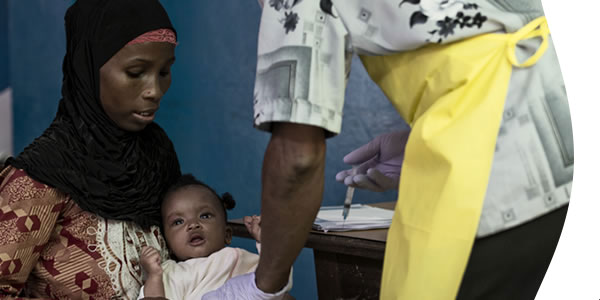

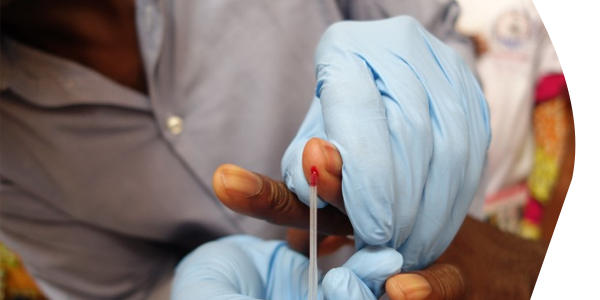
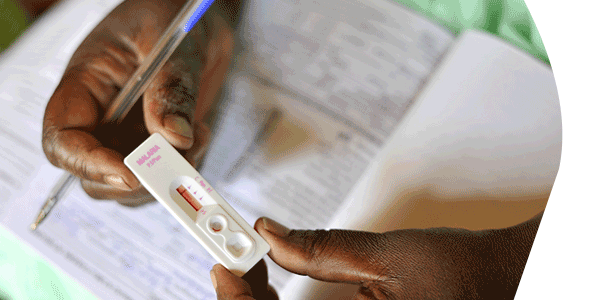
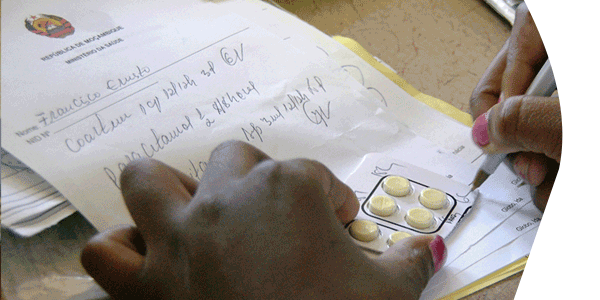

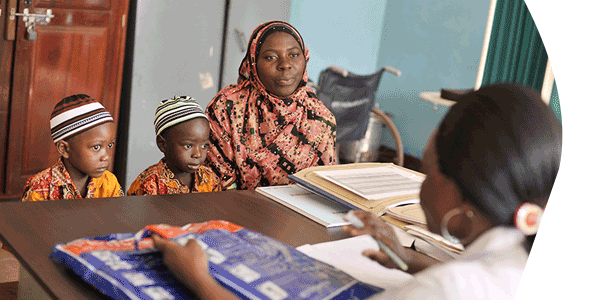
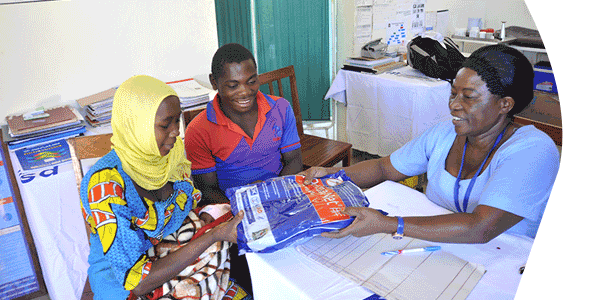
 The Manoff Group was acquired by JSI in 2022.
The Manoff Group was acquired by JSI in 2022.